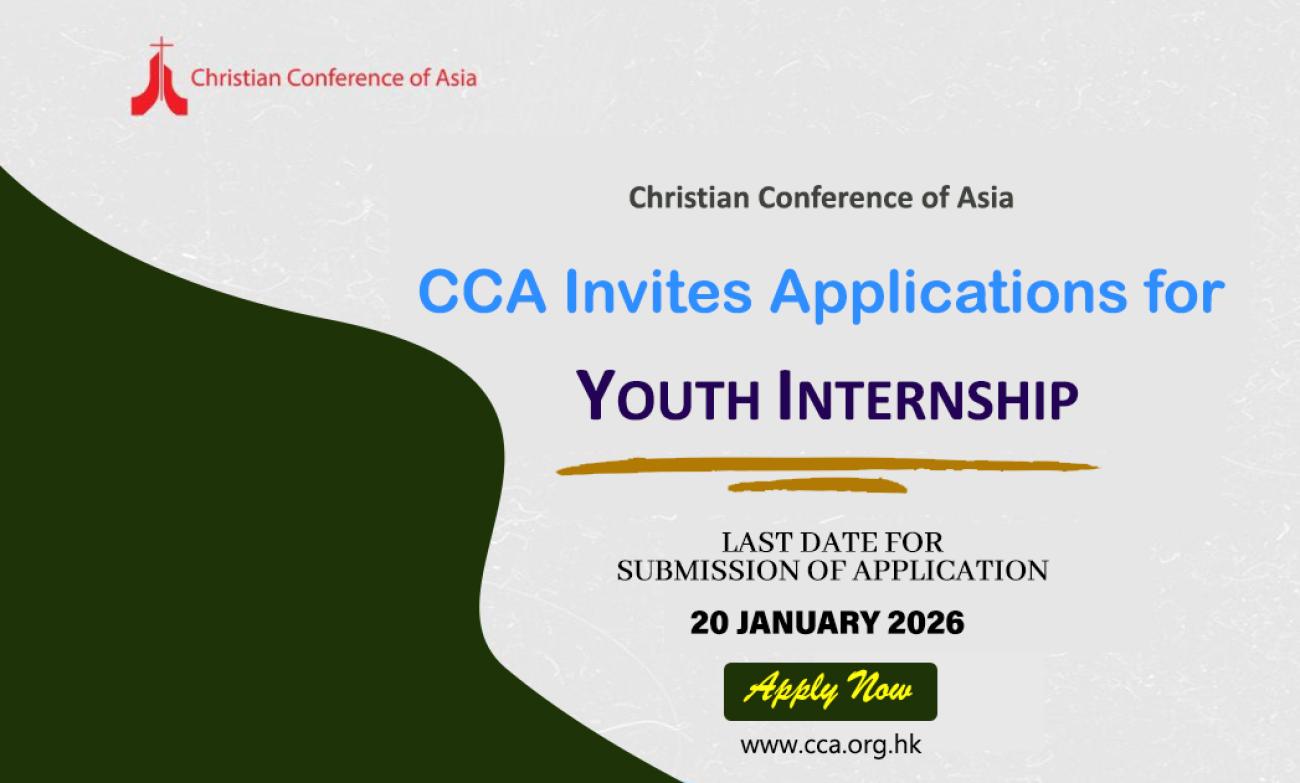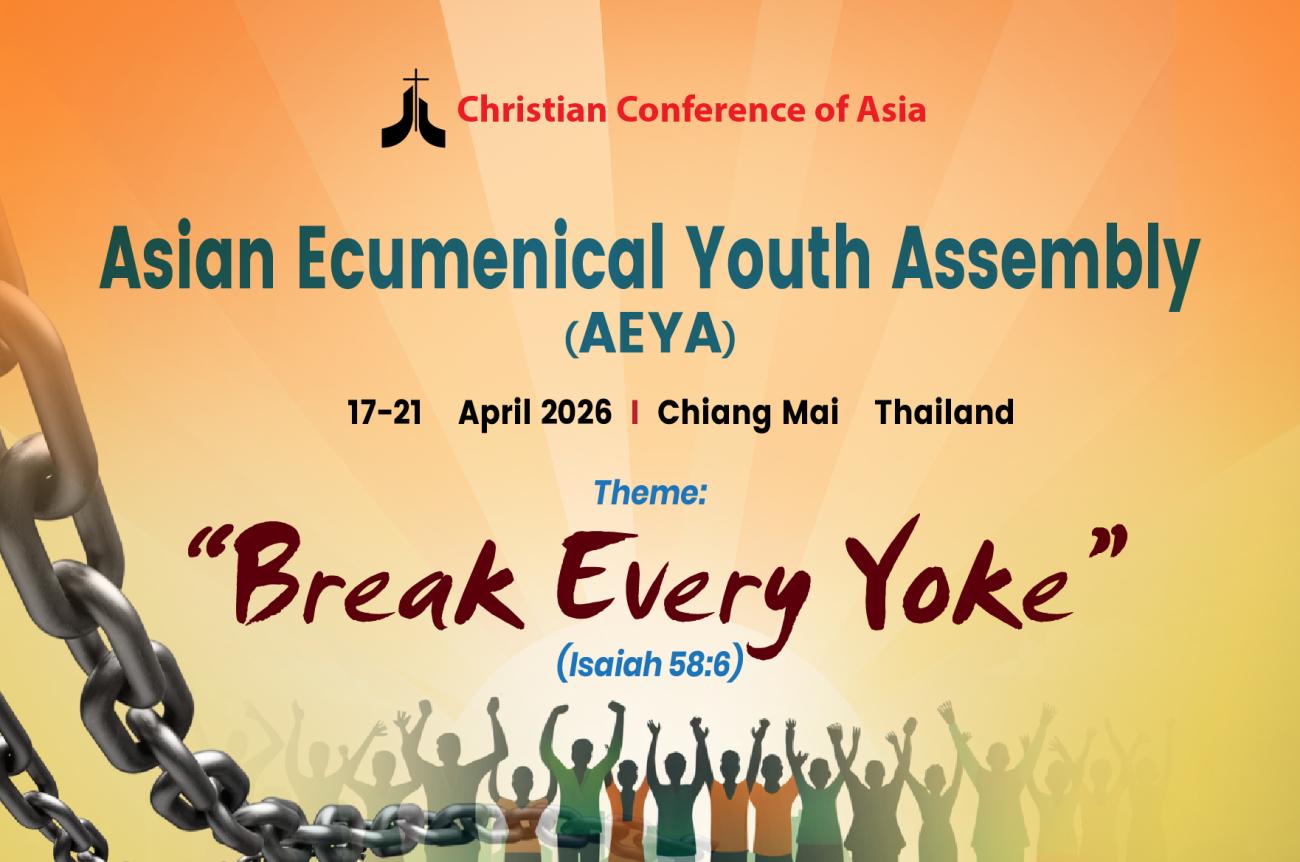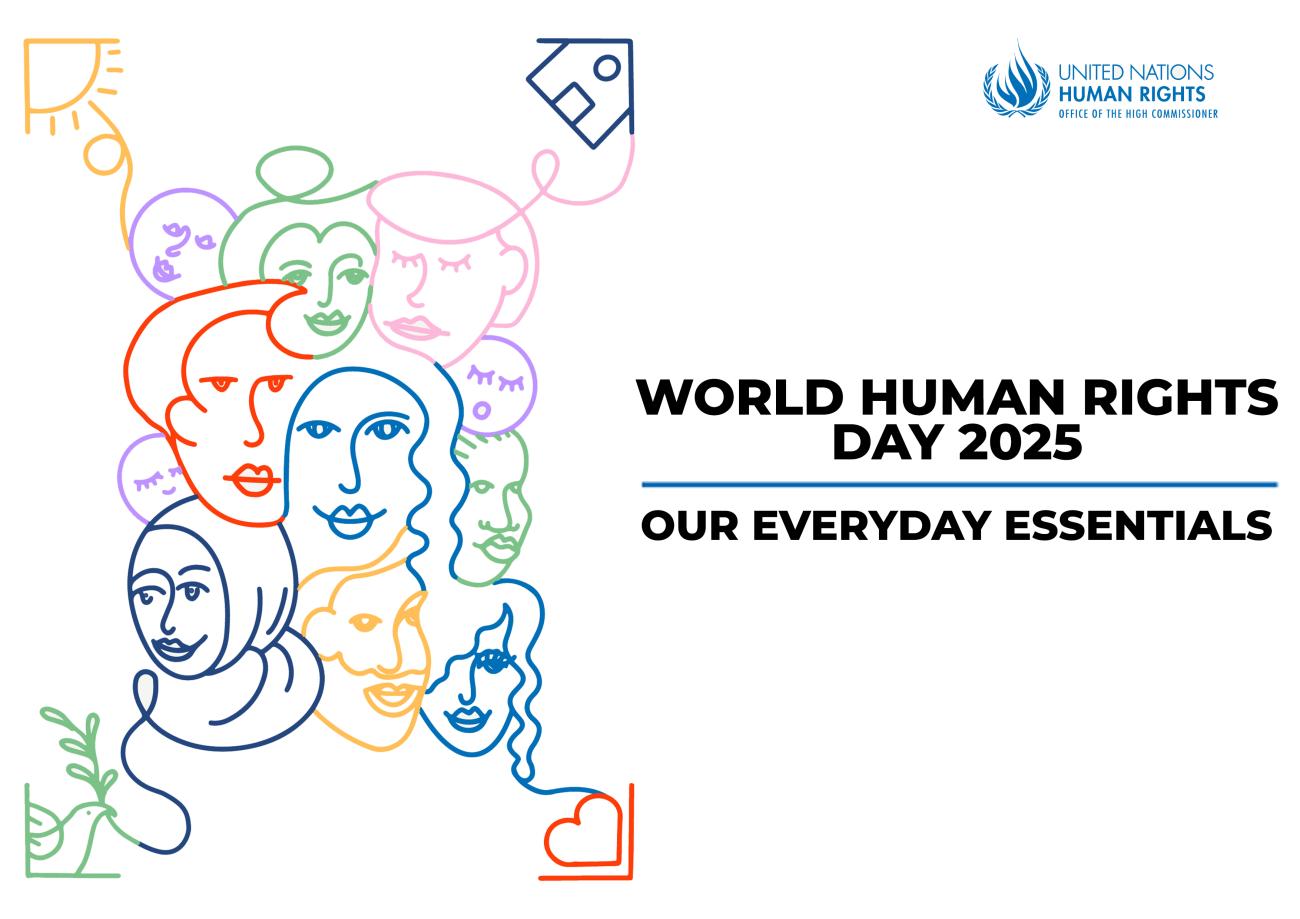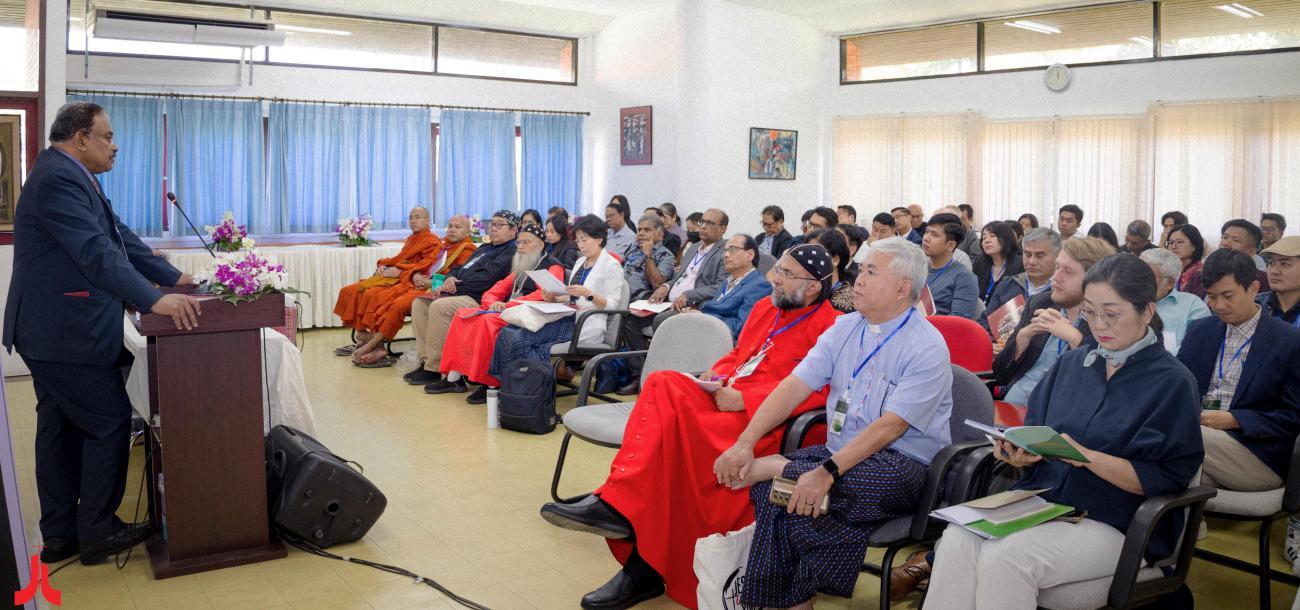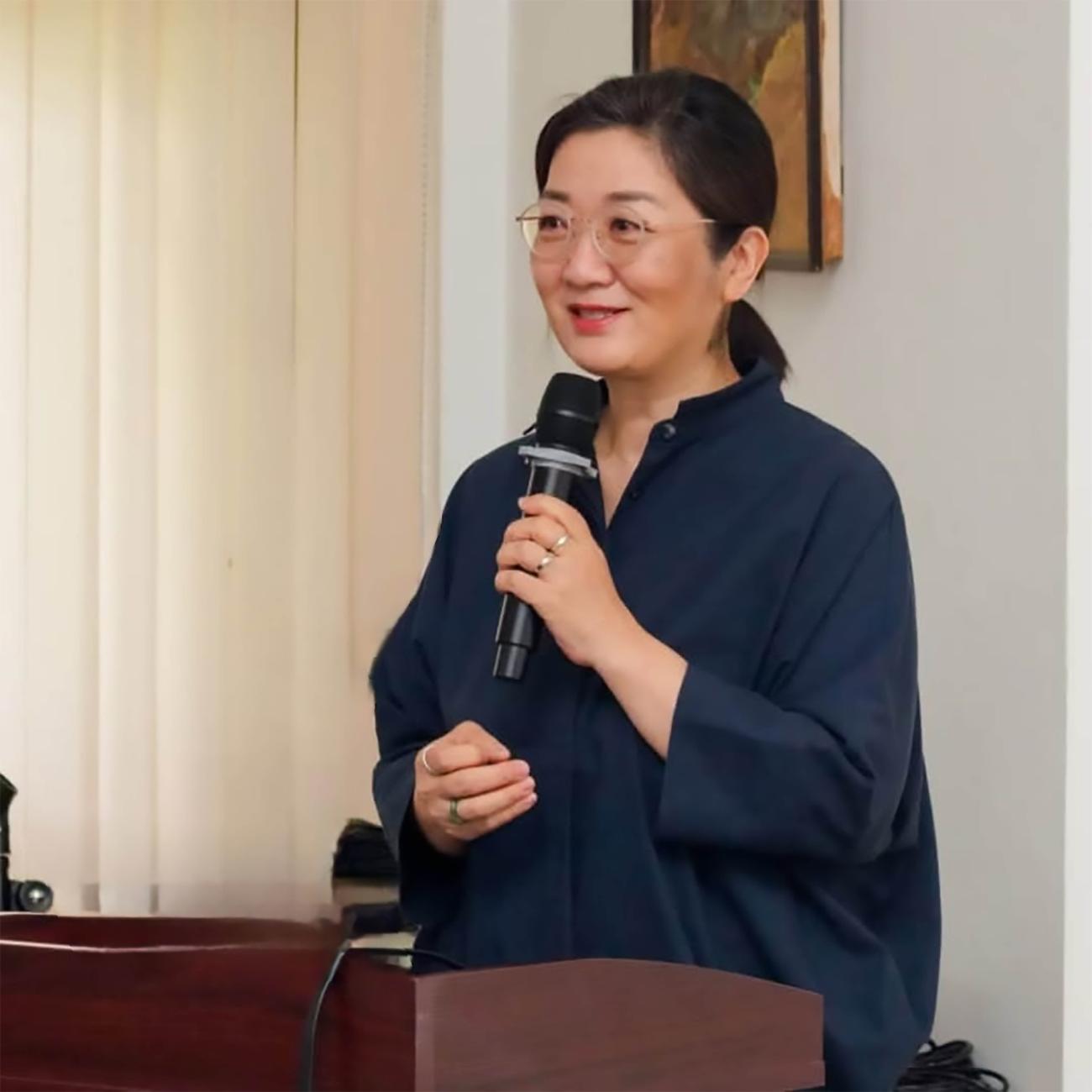International Women's Day 2015
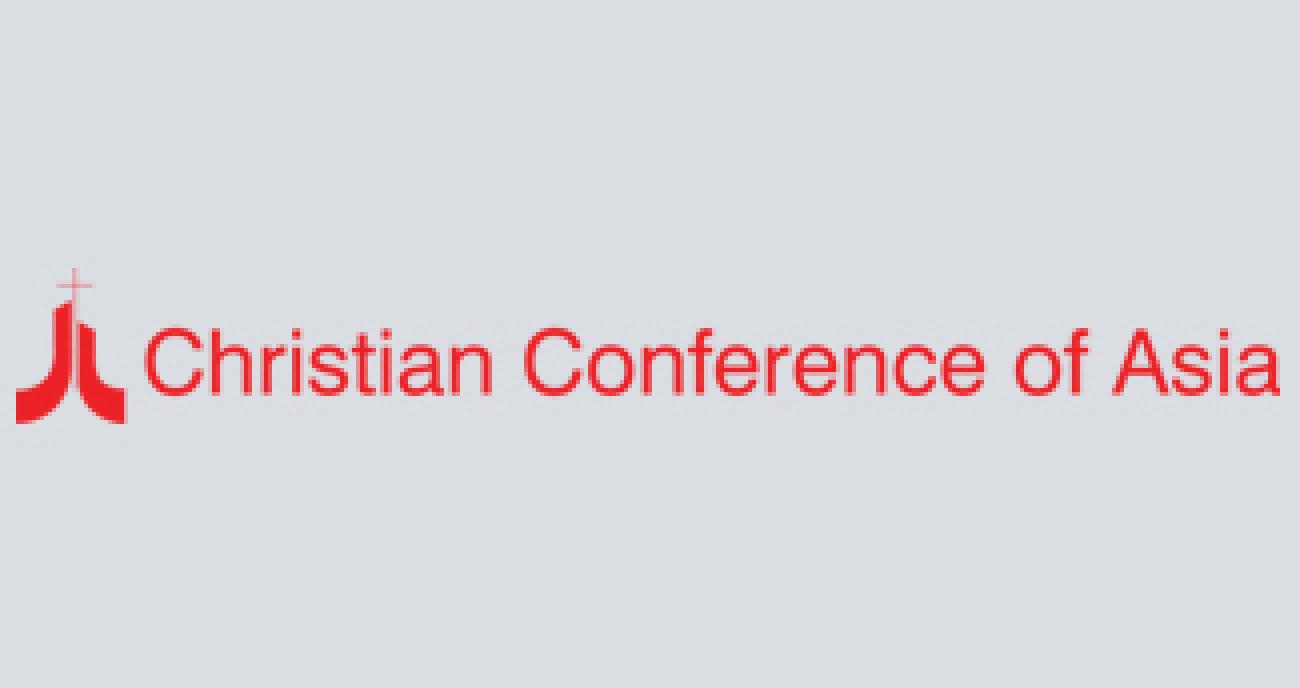
Empowering Women - Empowering Humanity: Picture It!
“To be truly transformative, the post-2015 development agenda must prioritize gender equality and women’s empowerment. The world will never realize 100 per cent of its goals if 50 per cent of its people cannot realize their full potential. "
Secretary-General
Ban Ki-moon
A small group of Afghan men wearing sky-blue burqas marched through Kabul earlier today to draw attention to women’s rights in the country.The group of roughly 20 men walked through the capital of Afghanistan to draw attention to the rights of women ahead of international Women’s Day on 8 March.
With muddy trainers just visible beneath the burqas, an item of clothing that became synonymous with oppressive Taliban rule in the 1990s, the march drew some attention from onlookers. 29-year-old activist Basir, who goes by one name, claims the march – organized by a group called Afghan Peace Volunteers – takes women’s rights “to the streets.”
“One of the best ways to understand how women feel is to walk around and wear a burqa,” he claimed. They carried signs reading: “equality” and “Don’t tell women what to wear, you should cover your eyes,” a report in Independent March 6, 2015.
International Women’s Day is a time to recall and reflect on development made in order to achieve gender equality, to call for change and to celebrate acts of courage and determination by ordinary women who have played an extraordinary role in the history of their countries and communities.
This year’s UN theme “Empowering Women - Empowering Humanity: Picture It!," envisions a world where each woman and girl can exercise her choices, such as participating in politics, getting an education, having an income, and living in societies free from violence and discrimination.
In 2015, International Women’s Day is highlighting the Beijing Declaration and Platform for Action, a historic roadmap signed by 189 governments 20 years ago that sets the agenda for realizing women’s rights and flagged 12 key areas where urgent action was needed to ensure greater equality and opportunities for women and men, girls and boys. They are; Women and poverty, Education and training of women, Women and health, Violence against women, Women and armed conflict, Women and the economy, Women in power and decision-making, Institutional mechanisms, Human rights of women, Women and the media, Women and the environment, The girl child.
Gender inequalities have deep historical roots in every corner of the world, particularly in Asia. The impact of unequal relationship between women and men means that majority of women have limited rights and choices in their lives. The struggle for gender equality continues to be viewed as a women’s struggle. Men have more often been viewed as part of problem, but it is important that they are seen as part of the solution. Most men have been unable to reveal their soft side and their emotions for fear of being criticized, as they are generally not treated with the same sensitivity as women. This is the time to uphold women’s achievements, recognize challenges, and focus greater attention on women’s rights and gender equality into the real results that empower women and close gap between men and women around the world.
From the Biblical perspective, both male and female are created in the image of God: “In the image of God he created them, male and female, he made them…” (Genesis 1:27). However, the patriarchal structure which has dominated society and governed the relationship of men and women for many years, put women as subordinate marginalized and oppressed. It is in such a context that we hear the good news of the Gospel, as Paul says: “… for in Christ Jesus you are all children of God through faith. As many of you as were baptized into Christ have clothed yourself with Christ. There is no longer Jew or Greek, there is no longer slave or free, there is no longer male and female; for all of you are one in Christ.” (Galatians 3:26-28) Jesus himself explains the purpose of his coming into the world, as he says: “I came that they all may have life in its fullness.” (John 10:10)
The struggle for empowerment of women and building inclusive communities and gender justice belongs equally to both women and men. Building strong partnerships requires that both women and men play critical roles and work challenges, and focus greater attention on women’s rights and gender equality into the real results that empower women and close gap between men and women around the world. together in ways that are empowering, positive, progressive, respectful and healthy.
In its ecumenical journey CCA has given immense significance to Gender sensitization and education, both of which are important for empowering women and building partnership between women and men. The CCA program continues to promote gender justice related programs and accompanies the churches in Asia in building inclusive communities that reflect the partnership of men and women in church and society.
Ms. Caren Grown World Bank Group senior director for gender says” For those of us who have been working in this field, this is the year for action. I think I’d like to see us move from the ‘why it is important’ mode into the ‘how we do it to get the job done’ mode”.
So let’s get the job done Women say… The journey might be long With fire and passion in our hearts We know we shall reach our destiny, One by one we are coming to awareness One by one we are committed to a cause One by one we are challenging the structures One by one we are changing the laws Side by side we are bound to make difference Side by side that is how the spirit thrives Side by side, we are receiving some concession Side by side we are changing our lives Hand in hand, we can manage any mountain Hand in hand, we are accomplishing the climbs We foresee the dawn of our vision, A land filled with honey and milk, Meanwhile We struggle, We fight, We hope. (from 'Unleashing the power within us') Text by Sunila Ammar, Exec. Secy/EGY

